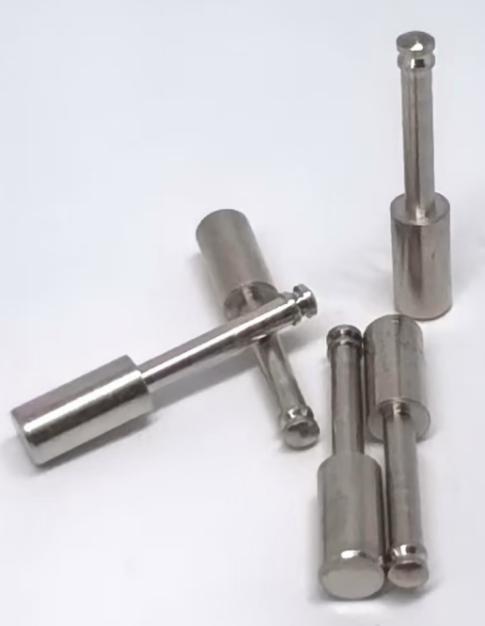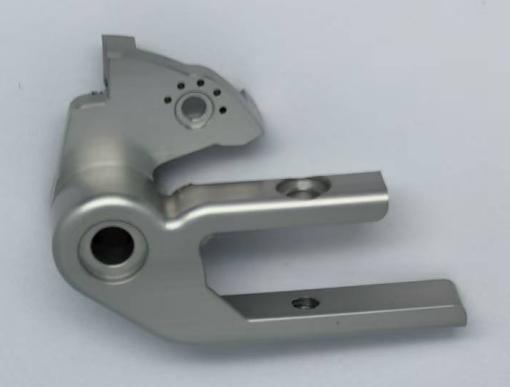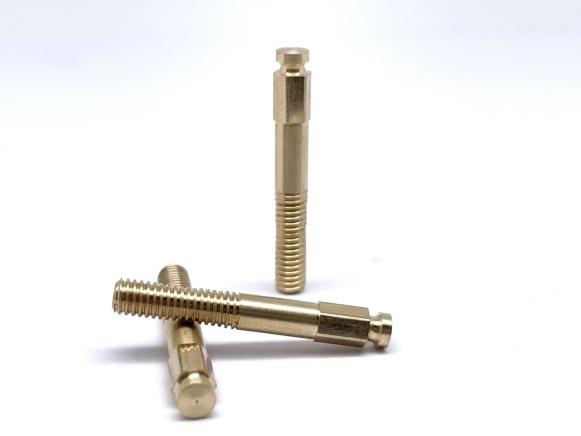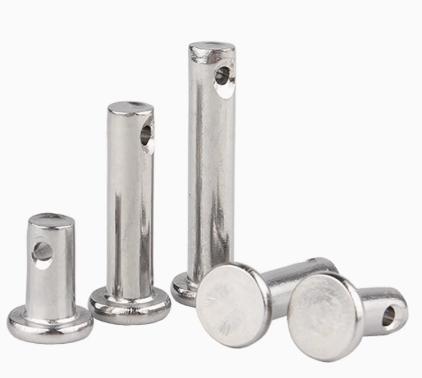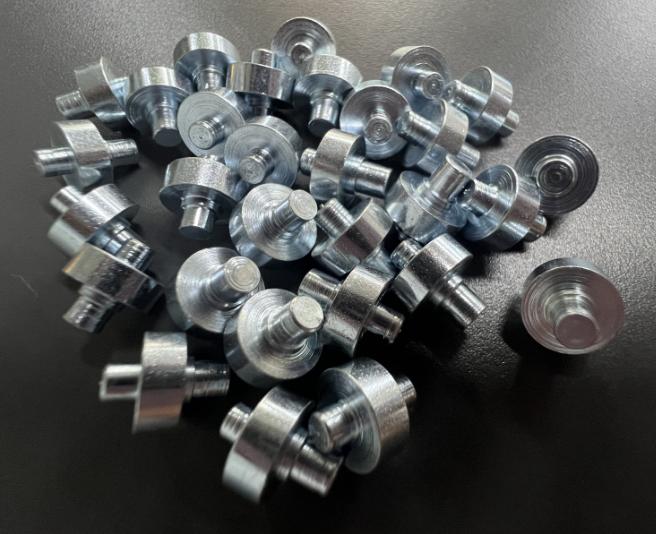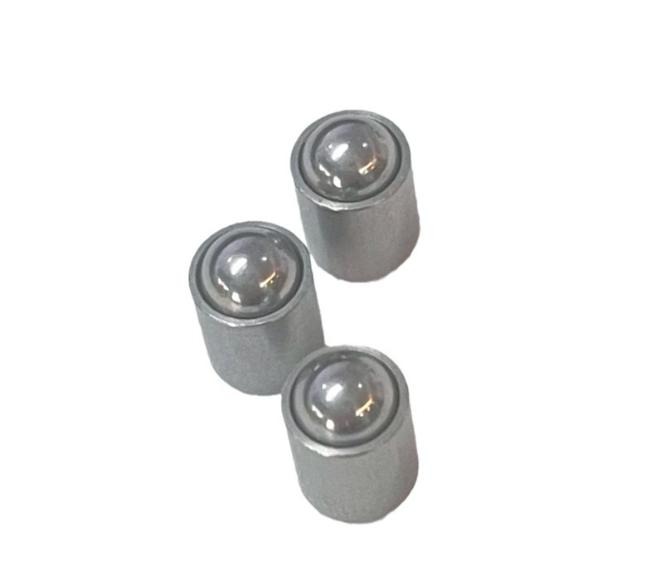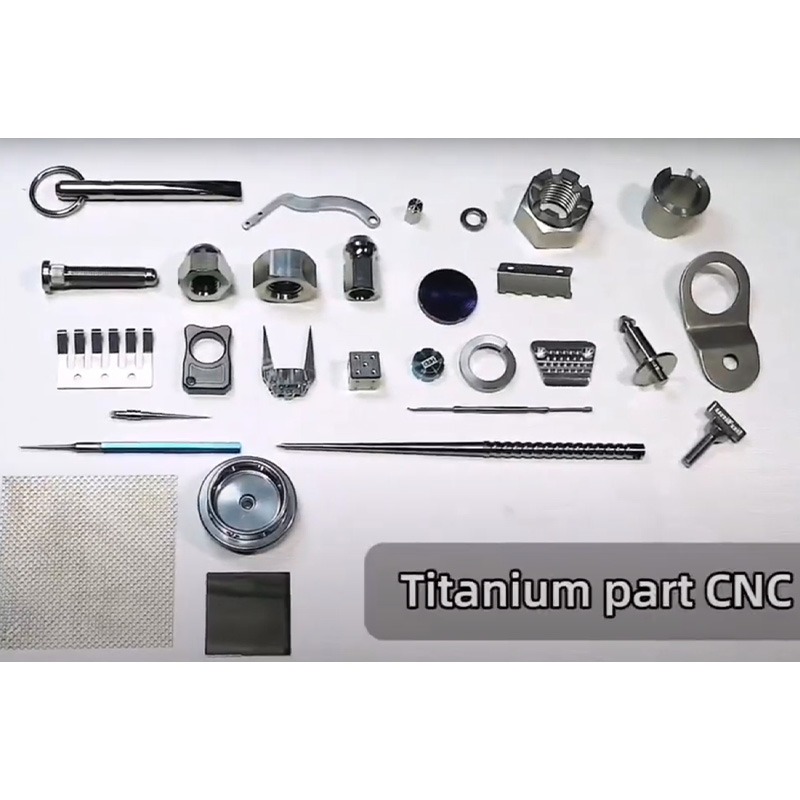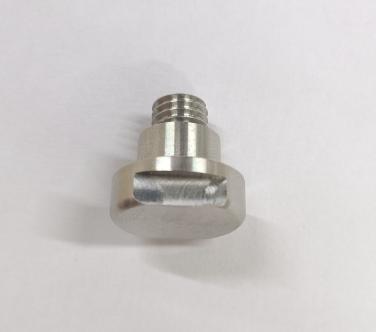Why Choosing Combining Laser Technology with CNC Drilling
Table of Contents
The combination of laser technology with CNC drilling represents a cutting-edge approach to manufacturing, blending the precision of lasers with the versatility of CNC machining systems. This hybrid integration is revolutionizing the drilling process, offering unmatched precision, material versatility, and efficiency. This article explores how these technologies complement each other and the benefits of their integration.
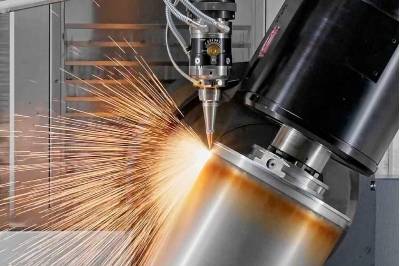
Understanding CNC Drilling
CNC drilling is a precision manufacturing process where pre-programmed computer software controls the movement of drilling tools. This allows for highly accurate, repeatable drilling operations on a wide range of materials, including metals, plastics, and composites. CNC drilling is widely used in industries such as aerospace, automotive, and electronics due to its ability to produce complex hole patterns and high-volume output with minimal errors.
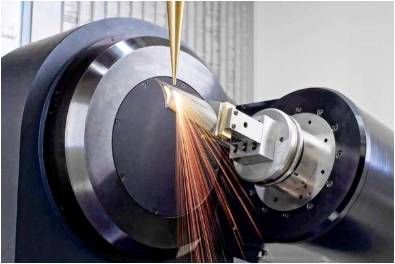
Key Benefits of the Combination of Laser Technology with CNC Drilling
1. Enhanced Precision and Accuracy
CNC drilling has been the backbone of precision machining for decades. It allows for highly accurate and repeatable drilling operations, even on complex geometries. However, combining it with laser technology elevates the precision to another level. Lasers are capable of pinpoint accuracy at microscopic scales, ensuring that the drilled holes have minimal deviation from the desired dimensions.
Lasers also enable non-contact machining, reducing the physical stress on the material. In traditional CNC drilling, even the most advanced drills exert some mechanical force, which can result in material distortion or wear over time. The use of lasers eliminates this issue, improving the durability and integrity of the workpiece.
2. Versatility in Material Processing
One of the standout advantages of integrating laser technology into CNC drilling is the versatility it offers in processing a wide range of materials. Laser drilling excels in cutting through materials that are typically challenging for traditional CNC drills, such as ceramics, composites, and hardened metals.
For example, when drilling tough materials like titanium or carbon-fiber-reinforced composites, lasers provide the precision necessary to avoid defects like delamination or cracking, which are common when using conventional drills. This makes the combination of laser and CNC drilling ideal for industries such as aerospace, medical device manufacturing, and automotive, where the materials used are often highly specialized.
3. Increased Speed and Efficiency
Another significant advantage of combining laser technology with CNC drilling is the increased speed of the process. Laser-assisted drilling can cut down on the number of steps required to prepare the material or finish the drilling process. This efficiency is particularly beneficial for high-volume production environments, where time savings directly correlate to cost reductions.
Moreover, lasers can quickly switch between different tasks, such as drilling, cutting, and engraving, without needing to change tooling. This not only increases throughput but also enhances flexibility in production lines.
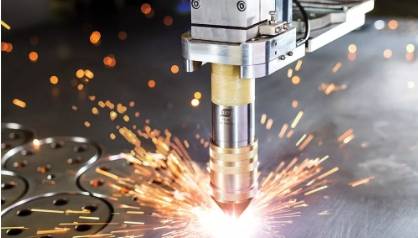
4. Reduced Tool Wear and Maintenance Costs
Traditional CNC drilling relies on mechanical drill bits that are subject to wear and tear. Over time, these tools need to be replaced, leading to increased operational costs and downtime. By incorporating lasers, the need for frequent tool replacement is significantly reduced. Since lasers are non-contact tools, they do not experience the same level of degradation as mechanical bits. This translates into lower maintenance costs and improved overall uptime for manufacturing systems.
Additionally, laser technology allows for adaptive control, meaning that the power and intensity of the laser can be adjusted in real time to match the material properties, further extending the lifespan of the machinery involved.
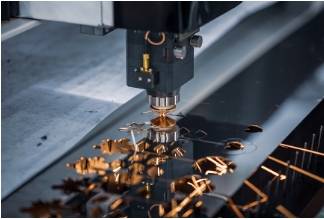
Applications in Advanced Industries of Laser-assisted CNC Drilling
- Aerospace and Defense: Precision drilling for lightweight, durable materials used in aircraft and spacecraft construction. The ability to create complex, high-precision holes in heat-resistant alloys is invaluable for components like turbine blades.
- Medical Devices: In the medical field, laser-assisted CNC drilling enables the production of microscale components used in devices like catheters, implants, and surgical instruments. The non-contact nature of lasers minimizes contamination risks, a crucial consideration in this field.
- Electronics Manufacturing: As electronic devices continue to shrink, the demand for ultra-precise drilling of printed circuit boards (PCBs) grows. Laser-CNC systems allow for high-density drilling with minimal defects, helping meet the demands of modern electronics production.
- Automotive Industry: Advanced laser-CNC drilling technologies are used in producing lightweight automotive parts, particularly in electric vehicles (EVs) where weight reduction is critical for maximizing battery efficiency and range.
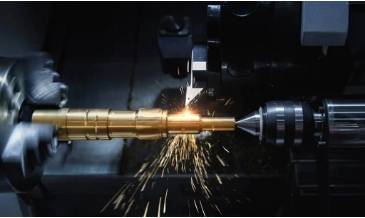
Challenges and Future Innovations in Laser-assisted CNC Drilling
This chart highlights the key challenges faced in laser-assisted CNC drilling and the future innovations aimed at overcoming them.
| Challenges | Future Innovations |
| High Initial Cost | Cost Reduction through Advanced Materials: New materials and manufacturing processes will lower the cost of laser systems. |
| Thermal Effects on Heat-sensitive Materials | Ultrafast Lasers: Development of ultrafast lasers (femtosecond and picosecond lasers) will minimize heat-affected zones, reducing material distortion. |
| Complex Integration of Laser and CNC Systems | Improved Software Integration: Advanced software solutions for better synchronization and real-time control between laser and CNC components. |
| Material Limitations for Laser Processing | Hybrid Laser Systems: Systems combining different laser types (e.g., CO2 and fiber lasers) will handle a broader range of materials. |
| Laser Power Control for Thin Materials | Adaptive Power Control: Real-time adaptive laser power control to ensure optimal results when processing thin or delicate materials. |
| Maintenance and Calibration of Laser Systems | Self-diagnosing Lasers: Development of self-calibrating and self-monitoring laser systems to reduce maintenance needs. |
| High Energy Consumption | Energy-efficient Laser Systems: Innovation in laser sources and cooling systems to reduce energy consumption without sacrificing performance. |
To sum up, this combination of laser technology with CNC drilling improves the efficiency, accuracy, and material capabilities of the drilling process, positioning it as a key innovation in modern manufacturing industries. With continued advancements, this hybrid approach is set to become a critical process of high-precision applications across various sectors.

